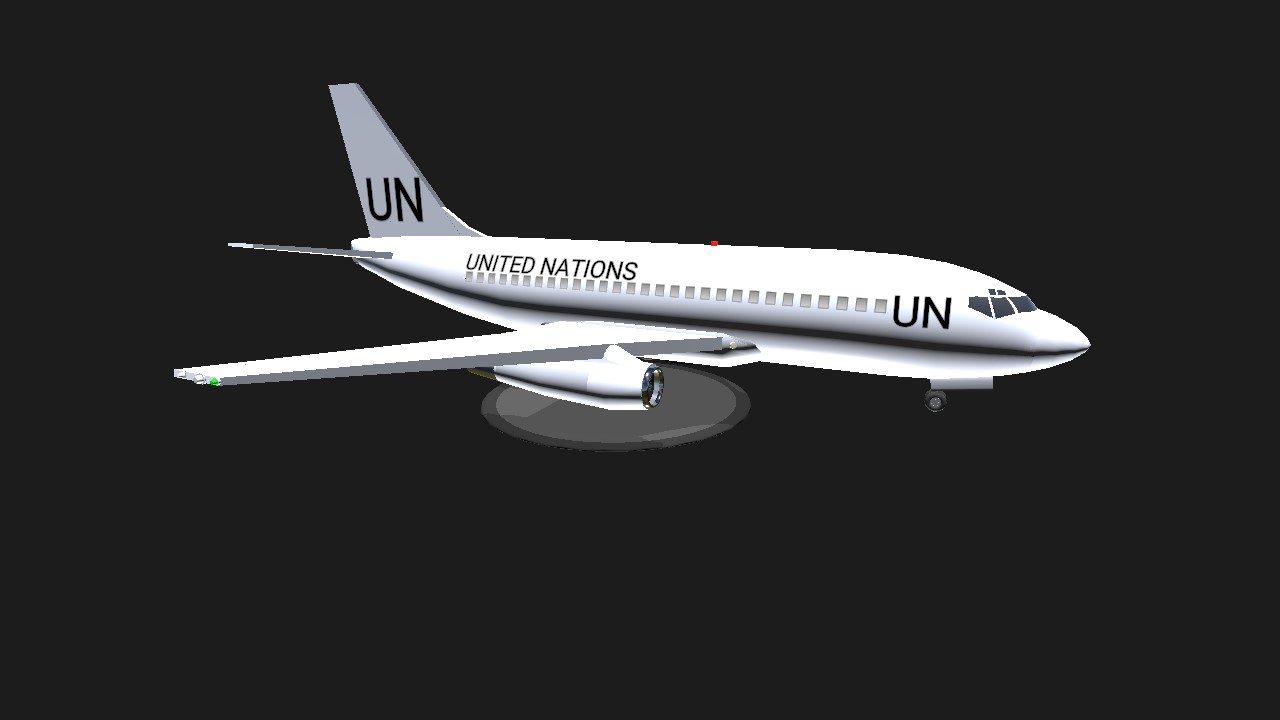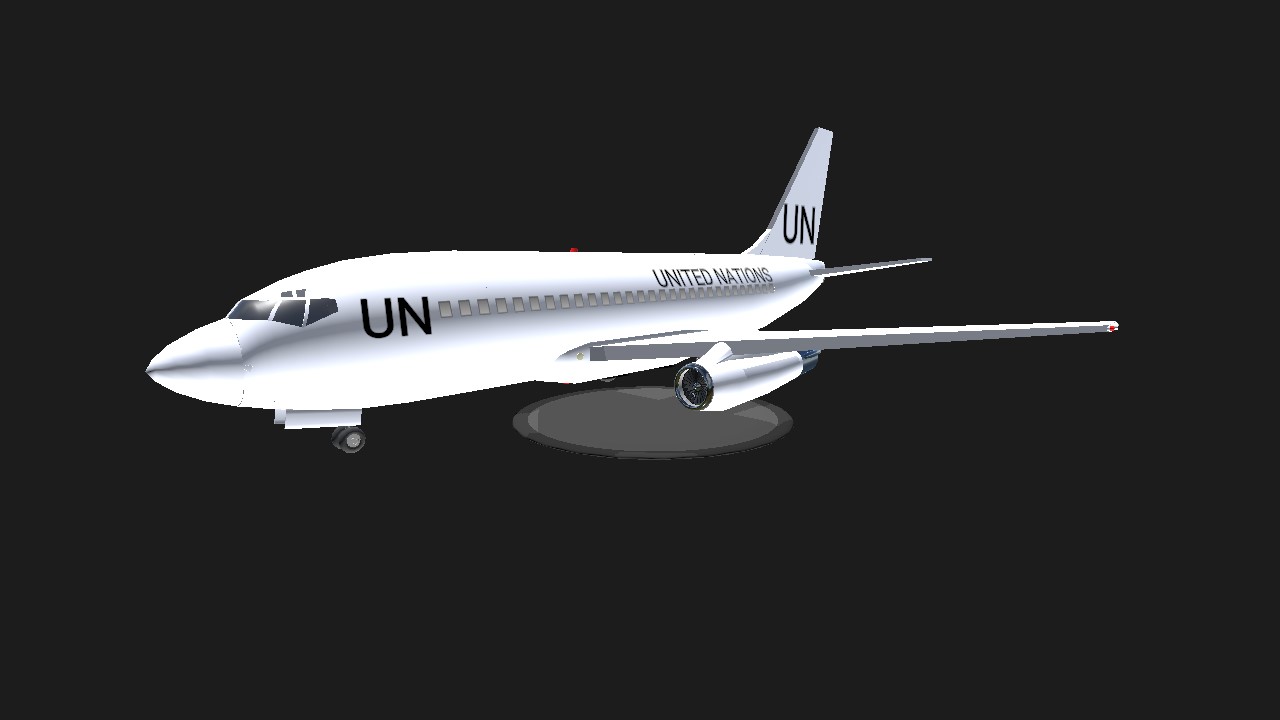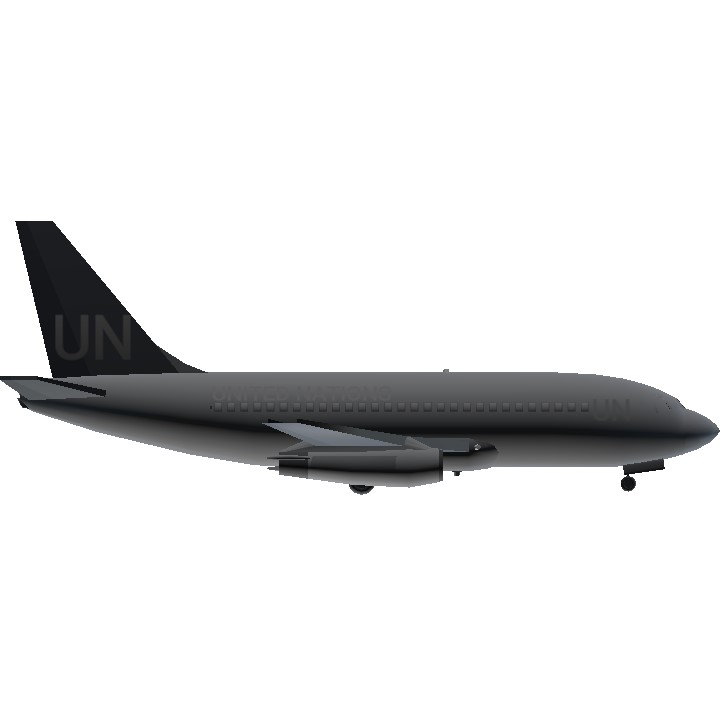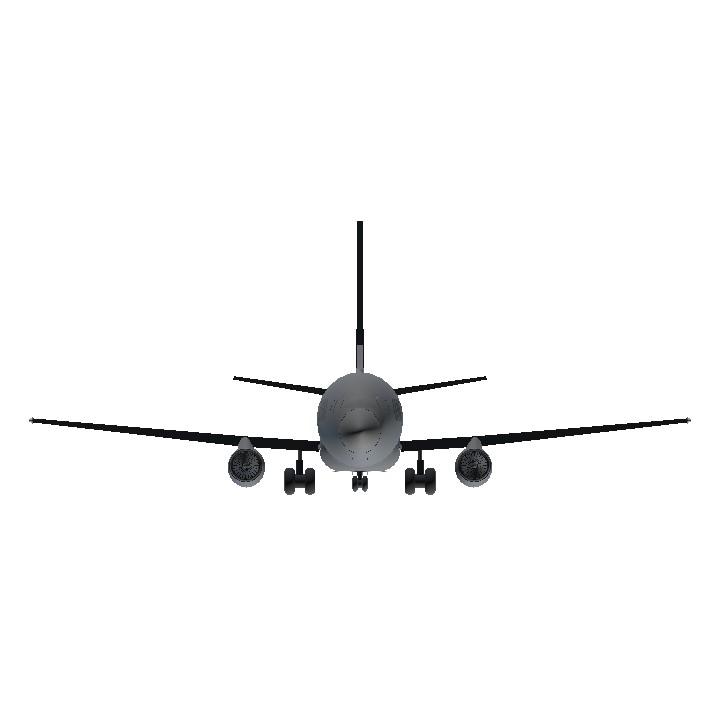The Boeing 737-200: A Legacy Forged in Service and Compassion
Origins and Design Legacy
This distinguished fleet of ten Boeing 737-200 aircraft, all originally manufactured in 1975, carries a unique visual hallmark: a subtly integrated “flare” window on the extreme rear fuselage of both sides, positioned just behind the last main cabin windows. This modification—added during modernization—distinguishes them from standard variants.
Initially commissioned by the United States Air Force as T-43 navigator training aircraft, these airframes served for decades in a critical role, flying countless sorties to prepare the next generation of military navigators. Their inherent ruggedness, reliability, and proven airworthiness became the foundation for an extraordinary second life.
Transition to United Simple Air Force
In 2010, the United Simple Air Force (USAF-S) acquired all ten aircraft directly from the United States Air Force. Recognizing their strategic and humanitarian potential, the USAF-S invested $2 million per aircraft in a comprehensive upgrade and conversion program. This transformation included:
Full glass cockpit retrofit
Terrain-following GPS navigation systems
Advanced weather radar and de-icing systems
Secure global communication suites
Installation of specialized rear “flare” windows for observation or equipment integration
These aircraft were repurposed into the Military Family Transportation Initiative, a program dedicated to supporting service members and their loved ones during times of need. They became a symbol of unity, compassion, and readiness.
Notable Missions and Service Highlights
Operation Homecoming Echo (2014)
One aircraft flew into a remote Afghan airstrip to reunite military families with returning soldiers after a sudden schedule change. The enhanced avionics ensured a precise landing on a makeshift runway, enabling tearful reunions on the tarmac.
Hurricane Relief Shuttle (2017)
During a catastrophic Caribbean hurricane, three aircraft were deployed to shuttle relief workers and supplies. Despite not being cargo-specific aircraft, their structural resilience allowed them to operate from damaged runways and evacuate dependents in danger.
Arctic Circle Reconnect (2019)
One 737-200 braved intense arctic conditions to deliver children to a remote outpost, allowing them to see a parent stationed there. Extreme weather, heavy ice, and wind were overcome thanks to cutting-edge radar and de-icing systems.
Support for Nauru (2022–2024)
These aircraft also provided strategic support to the island nation of Nauru, transporting:
Military equipment for defense development and base establishment
Greenhouse infrastructure to combat obesity and improve food security through sustainable agriculture
Donation to the United Nations (June 2025)
Recognizing their continued global value, all ten aircraft were generously donated to the United Nations. Now integrated into UN humanitarian and peacekeeping operations, their missions include:
Rapid deployment of UN peacekeeping forces
Medical evacuations from warzones and disaster areas
Delivery of vital humanitarian aid
Transport of UN personnel to remote field stations
These aircraft, with their decades of history, robust upgrades, and signature rear “flare” windows, are uniquely equipped to carry forward their legacy of service, resilience, and compassion—now on behalf of the world.
Thanks to CHATGPT
Specifications
General Characteristics
- Predecessor Boeing 737-200 (Benin Golf Air)
- Created On Android
- Wingspan 145.3ft (44.3m)
- Length 158.3ft (48.2m)
- Height 60.8ft (18.5m)
- Empty Weight 30,439lbs (13,807kg)
- Loaded Weight 46,987lbs (21,313kg)
Performance
- Power/Weight Ratio 2.869
- Wing Loading 18.9lbs/ft2 (92.1kg/m2)
- Wing Area 2,490.8ft2 (231.4m2)
- Drag Points 12059
Parts
- Number of Parts 93
- Control Surfaces 9
- Performance Cost 536






Thanks to @MAPA for the 737-200